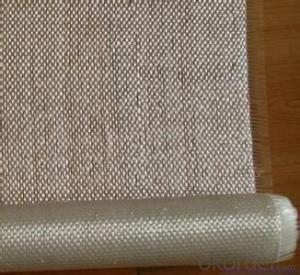Fiberglass mesh is a versatile material that has found its way into various construction and renovation projects. It is particularly popular for stucco applications due to its durability and ease of installation. In this article, we will explore the benefits of using fiberglass mesh for stucco, how to install it, and some tips for maintaining the finished surface.
Why Choose Fiberglass Mesh for Stucco?
Fiberglass mesh is an excellent choice for stucco because of its strength and flexibility. It is made from woven fibers of glass that are bonded together with a resin. This creates a strong, yet flexible material that can withstand the rigors of outdoor environments. Fiberglass mesh is resistant to moisture, rot, and insects, making it a popular choice for exterior walls. It is also non-combustible, which adds an extra layer of safety to your home.
Installing Fiberglass Mesh for Stucco
Installing fiberglass mesh for stucco is a relatively straightforward process. Here are the steps you need to follow:
1. Prepare the surface: Before you can install the mesh, you need to prepare the surface it will be applied to. This usually involves cleaning the surface to remove any dirt, debris, or loose material. You may also need to repair any cracks or holes in the surface.
2. Cut the mesh to size: Once the surface is prepared, you can cut the fiberglass mesh to the size you need. It is important to cut the mesh so that it overlaps the edges of the wall by at least 2 inches. This will help to create a strong bond between the mesh and the wall.
3. Apply a base coat of stucco: After the mesh is cut to size, you can apply a base coat of stucco to the wall. This will help to anchor the mesh to the wall and provide a smooth surface for the next layer of stucco.
4. Attach the mesh: With the base coat applied, you can now attach the fiberglass mesh to the wall. Use a trowel to press the mesh into the wet stucco, ensuring that it is fully embedded. Make sure to smooth out any wrinkles or bubbles in the mesh as you go.
5. Apply additional coats of stucco: Once the mesh is securely attached, you can apply additional coats of stucco to build up the desired thickness and texture. It is important to allow each coat to dry completely before applying the next one.
6. Finish the surface: After the final coat of stucco has dried, you can finish the surface with a cement-based finish or a paint. This will protect the stucco and give it a polished look.
Tips for Maintaining Fiberglass Mesh Stucco
Proper maintenance is key to ensuring the longevity of your fiberglass mesh stucco. Here are some tips to help you keep your stucco looking its best:
1. Clean regularly: Regular cleaning will help to remove dirt and debris that can accumulate on the surface of the stucco. Use a soft brush or sponge and a gentle cleaning solution to avoid damaging the surface.
2. Repair cracks and holes promptly: If you notice any cracks or holes in the stucco, it is important to repair them as soon as possible. This will help to prevent water damage and maintain the structural integrity of the wall.
3. Protect from extreme weather: Extreme temperatures and weather conditions can cause damage to stucco over time. Use weatherstripping or other protective measures to shield your stucco from the elements.
4. Inspect regularly: Regular inspections will help you to identify any potential issues before they become major problems. Check for signs of damage, such as cracks, holes, or water stains, and address them promptly.
In conclusion, fiberglass mesh is a durable and practical option for stucco finishes. With proper installation and maintenance, it can provide a long-lasting and attractive finish for your home. So, if you’re considering a stucco finish for your next project, don’t overlook the benefits of using fiberglass mesh.

